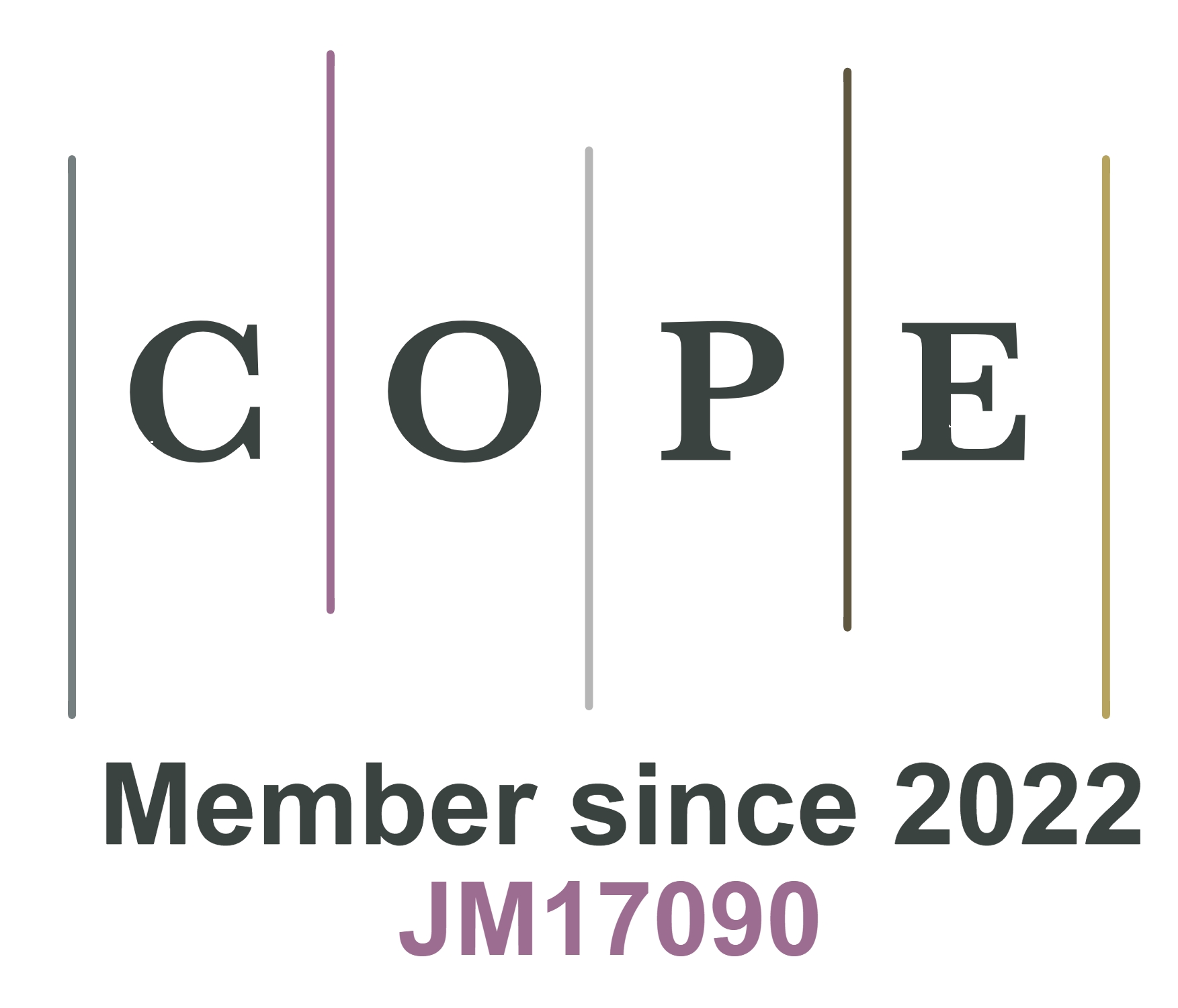fig5

Figure 5. The work performed by multiple muscles. (A) Weight lifting with both BIC and TRI muscles. The BIC phase refers to the period when BIC dominates in positive work performance, and the TRI phase denotes the period when TRI contributes to the major part of positive work; (B and C) Measurements of Cs and EMG on the BIC and TRI muscles throughout the lifting process; (D and E) Comparison of ΔCs and the muscle contraction displacement for BIC and TRI. The regression of ΔCs and muscle contraction displacement was characterized by R2 = 0.98 and 0.85 for BIC and TRI, respectively, validating the capacitive sensing for muscle deformations during collaborative muscle motions; (F and G) Comparison of the RMS of EMG and the muscle contraction forces for BIC and TRI. The regression of RMS of EMG and muscle contraction force was characterized by R2 = 0.98 and 0.91 for BIC and TRI, respectively, validating the feasibility of muscle force sensing with EMG during collaborative muscle motions; (H and I) Curves plotted with ΔCs and the RMS of EMG measured on the BIC and TRI; (J and K) Comparison of Em and Ew (= Ew-BIC + Ew-TRI) with their linear regression of R2 = 0.92, where










